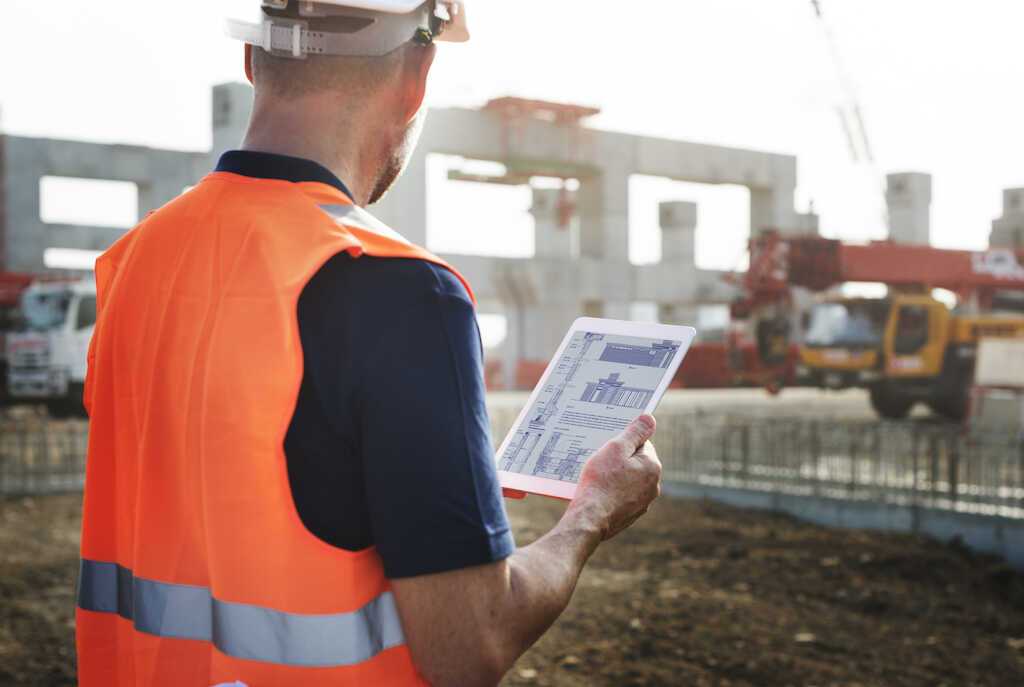Are you worried that your workforce will succumb to the dangers of operating a crane one day? Do you fear that your crane will malfunction shortly and cause harm to your workers in the process? If so, then you need to learn all that you can about crane accidents.
Doing so can help you in your initiative of preventing accidents. Just by applying more monitoring and enforcing crane safety, you can do your part in preventing accidents.
Take the time to read below for more information on the common causes of crane accidents and how you can avoid the same fate in your business.
1. Lack of Training
This isn’t partial to crane accidents. Most of the many common workplace accidents stem from either a lack of training or a lack of accountability for the training. In either case, the results are always the same: thousands of injuries and damage are caused by employees performing improper techniques.
When it comes to crane safety, you want to make sure that anyone who operates the cranes in your workforce is properly trained. This requires completing all required courses from the Occupational Safety and Health Administration (OSHA).
However, employers need to take the courses as well. Only then will they be able to hold their employees accountable to safety operation tactics. This can also help you lower your workers’ compensation premiums.
You also need to train those that won’t be operating the crane to keep a safe distance from the crane while it’s being used.
If you need more incentive to do this, then consider this: employee training can also help you see record highs in revenue. This has been proven by companies like the aluminum manufacturing leader, Alcoa.
As soon as Alcoa’s then CEO (Paul O’Neill) prioritized workplace safety and maintaining a spotless record, Alcoa’s income quintupled. Not only did it grow their income, but it also lowered the costs of operations, thus resulting in even more profits for the company as a whole.
2. Lack of a Proper Checklist
If you’re a company in St Louis or Kansas City area, then be sure to set an example for all other blue-collar companies in your community. Create an operations checklist for all your crane operators.
First, begin by envisioning the project. What’s the plan? What kind of cranes will you need to perform the job efficiently? Follow the steps below:
- Calculate the output that you’ll need by factoring in the maximum load capacity of your crane and the size of the load.
- Clear the work floor or job site of any hazards in the way of the crane.
- Communicate clear times for the crane to operate, by other aspects of the project that need to be completed.
- Tape off your entire job site to prevent pedestrians from walking into danger.
- Assess the condition of all your equipment. Lock down and remove any equipment that’s outdated or requires repair.
- Perform your checklist each day before operating the crane, then reassess at the end of each day.
You must get all crane operators on board with this system. This should go hand-in-hand with the workplace safety training you give them.
If your equipment, such as a bridge crane, is getting up there in age, then consider purchasing a new bridge crane before your next project.

3. Dropped Loads
Imagine the horror of watching one of your cranes (and its operator) drop a heavy load onto the area below. While most companies don’t believe that could ever happen, it’s a legitimate threat to your operations.
Most of these types of incidents are caused by one of two things: either the load weight was improperly calculated or faulty rigging.
The faulty rigging could have many different culprits. It could have been brought on by negligence from a worker, improper training, or faulty parts on the crane itself.
The only way to assure this never happens on your watch is by pushing consistency among your staff. Make sure that everyone knows how to rig properly, and that they’re held accountable for doing so by their coworkers.
4. Lack of Inspections
Are you noticing a trend, here? Most crane accidents are brought on by a lack of thorough processes in the company.
In today’s industry, workers are feeling more pressured to complete a project more than ever before. It’s important to find a balance between stressing the urgency and encouraging efficiency.
To shoulder the load with your employees, be sure to invest time into making an inspections checklist they can use before and after using the crane.
5. Electrocution
Unfortunately, this scenario is all too real. With cranes that require workers to sit/stand in baskets, it isn’t uncommon for the operator to come into contact with an overhead powerline.
Make sure that you’ve turned off electrical lines before the project begins. Not doing so is flirting with danger, to say the least.
This is another side effect of workers feeling too much pressure from their employer. They’ll try to rush the production and skip critical safety methods, such as turning off electrical lines before operations begin, to meet your preferred timeline.
Avoid Crane Accidents with the Right Equipment
Now that you have seen an in-depth guide on the most common causes of crane accidents, be sure to use this information to your advantage.
Make sure that you invest in the safest cranes in the business. Be sure to read this article on the 4 types of cranes and their functions. For more inquiries, please be sure to reach out to us via phone at 314-965-2800 and we look forward to helping you further. any
